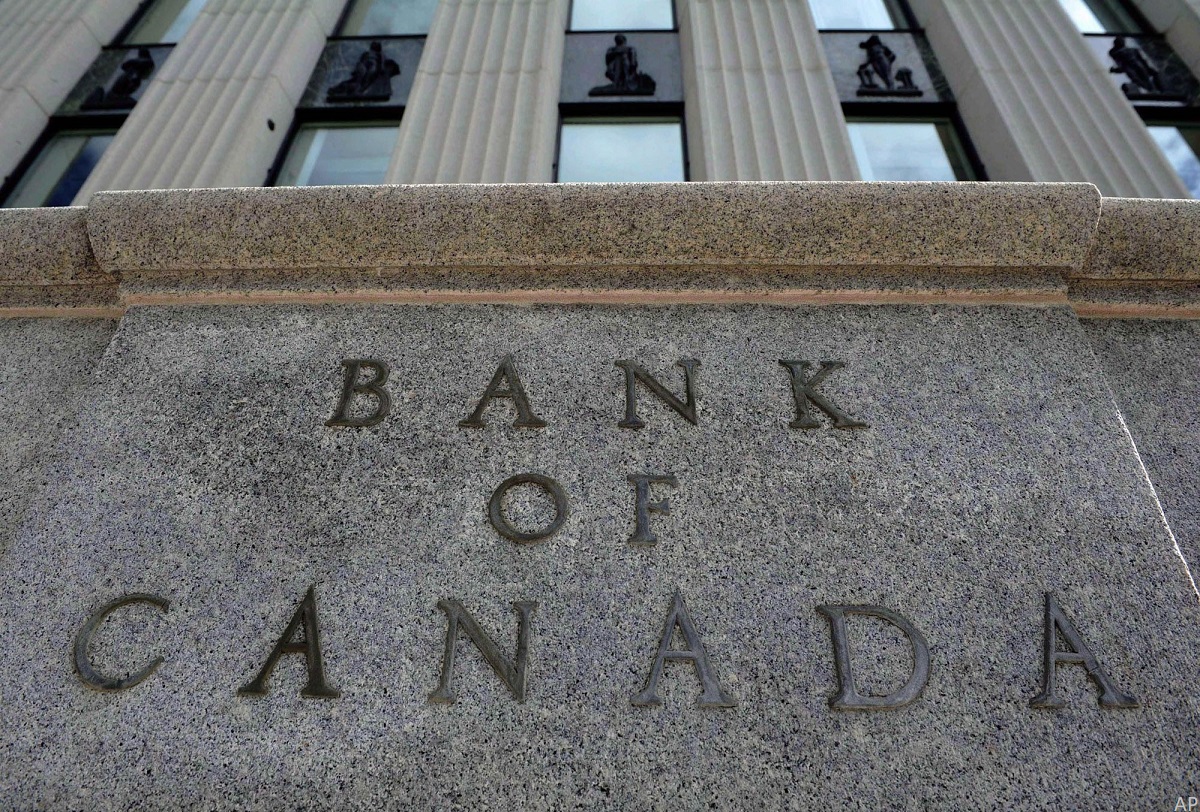
This week, the Bank of Canada announced that it is maintaining its target for the overnight rate of 5%, with the Bank Rate at 5.25% and the deposit rate at 5.00%. The Bank is continuing with its policy of quantitative tightening with the sixth consecutive pause.
“The tone of the policy statement was mildly more dovish,” says Benjamin Reitzes, Managing Director of Canadian Rates and Macro Strategist at the Bank of Montreal. He says the Bank acknowledged the slowing in underlying inflation and loosening labour market, however with a growth forecast that remains resilient, “more progress is needed before rate cuts can begin.
Canadian Housing and Labour Is Still Too Hot
“It’s a delicate balance,” contends Michael Constantino, CEO of Webull Securities Canada. There are signs that inflation is cooling, however, the housing market is still in short supply, he notes. “Lowering rates now, especially in the spring, which is traditionally the start of the housing season, could signal a rush to market by people waiting on the sidelines, which could drive home prices higher,” says Constantino. He believes the Bank is waiting on more information, and notes that most analysts see a rate cut in June or July of this year.
Nathan Jazen, Assistant Chief Economist and Claire Fan, Economist at Royal Bank of Canada say in a note that the Bank of Canada still looks on track to cut rates in June: “Beyond then, the monetary policy gap will widen with the Bank of Canada cutting deeper than the Fed. There’s also a widening macroeconomic growth and labour market gap in Canada versus the U.S.”
The labour market situation and its relationship to inflation in Canada was something senior deputy governor Carolyn Rogers highlighted in March, as post-pandemic Canadian productivity remains a key driver of rising prices.
Bank of Canada April Interest Rate Decision
Echoing Rogers’ statements, the Bank this week said that while it is seeing significant progress on the inflation front, it’s “still too high and risks remain,” while noting promising signs that we’re headed in the right direction on lowering Canada’s Consumer Price Index as core inflation has eased further in recent months.
Canadian Inflation Is Easing but It Needs to Continue
Canadians shouldn’t let their guard down on inflation just yet, as key drivers remain. The Bank “will be looking for evidence that this downward momentum is sustained,” it said today, “Governing Council is particularly watching the evolution of core inflation and continues to focus on the balance between demand and supply in the economy, inflation expectations, wage growth, and corporate pricing behaviour.”
Bank of Canada Eyeing Stubborn U.S. Inflation
Other inflationary elements in Canada may still come from abroad. “The U.S. economy has again proven stronger than anticipated, buoyed by resilient consumption and robust business and government spending,” said the Bank today, “U.S. GDP growth is expected to slow in the second half of this year, but remain stronger than forecast in January.”
Will the U.S. Cut Interest Rates Before Canada?
“We’re more optimistic about inflation coming down than consensus,” says Morningstar’s chief U.S. economist Preston Caldwell, “We think consensus underrates the deflationary impulse likely to be provided by industries like energy and durable goods in coming years, as pandemic-era disruptions fade.”
“In 2024, we project inflation to return to normal levels, in line with the U.S. Federal Reserve’s 2% target,” says Caldwell, while cautioning that the U.S., like Canada, isn’t out of the woods yet. “If inflation proves stickier than expected, the Fed stands ready to do whatever’s necessary—including inducing a recession—to bring inflation down to 2%.”
Caldwell expects the first U.S. interest-rate cut to come in June 2024 and that the Fed will continue cutting through the end of 2025, ultimately bringing the federal funds rate down by over 3%. “Falling inflation will make this pivot possible in early 2024,” he says, “Slowing gross domestic product growth (and a slight rise in unemployment) in 2024 will add a further reason for the Fed to cut.”
What Should Canadian Investors Do?
Should you adjust your portfolio for the latest interest rate outlook? "At the risk of sounding like a broken record, investors are reminded to keep a laser-sharp focus on their financial goals by ensuring their overall asset allocation (mix between stocks and bonds) is in line with the amount of volatility required to achieve those goals,” reminds Morningstar Canada's director of investment research, Ian Tam, "Investing is a trade-off between risk and reward, which at the best of times is unintuitive to most and clouded further by short-term economic or financial news. This said, there's never a bad time to revisit holdings and ensure they still make sense in the context of your financial plan, and to rebalance if necessary."






:quality(80)/cloudfront-us-east-1.images.arcpublishing.com/morningstar/PKH6NPHLCRBR5DT2RWCY2VOCEQ.png)

.jpg)











